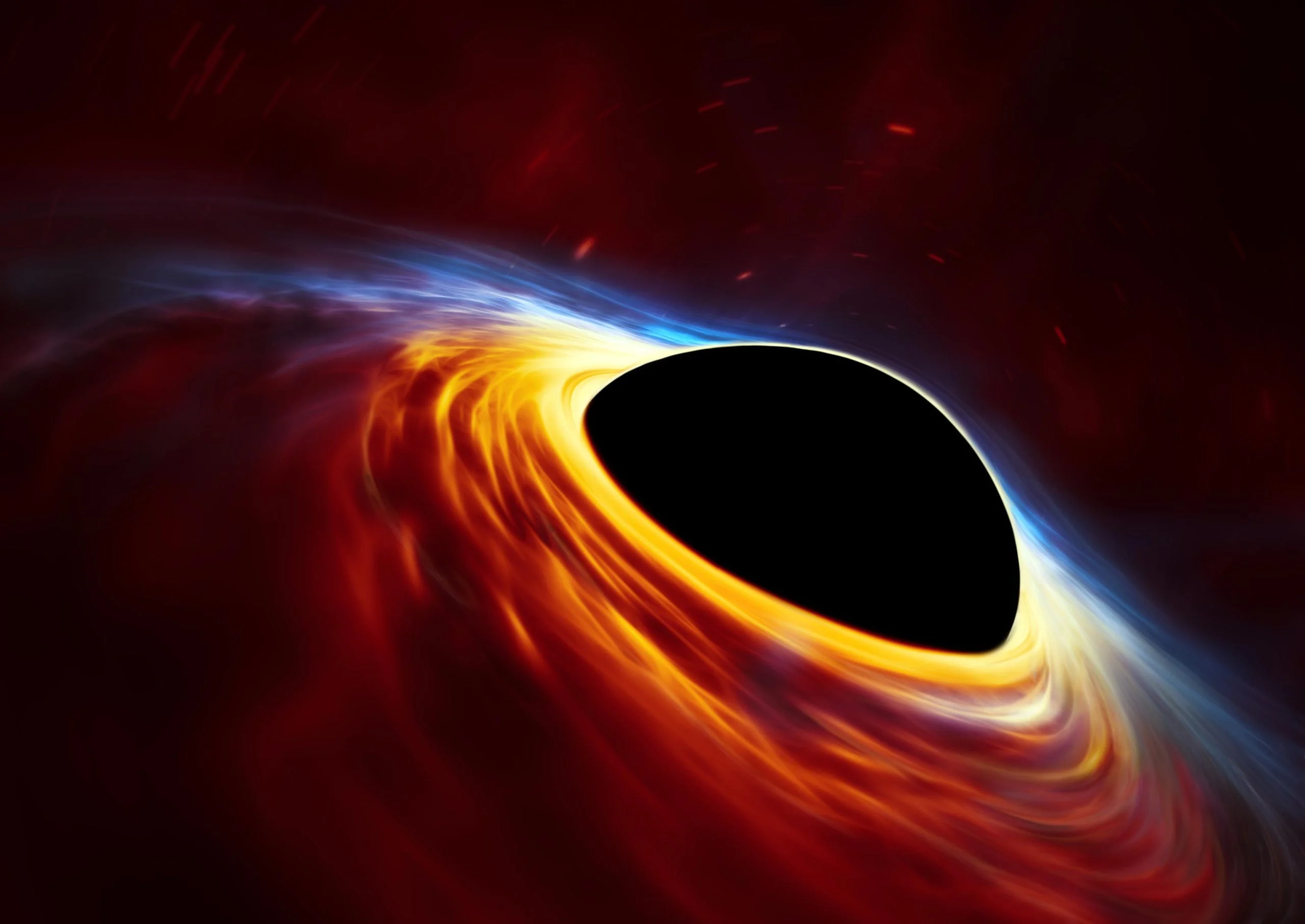A recent analysis of data from the James Webb Space Telescope suggests that black holes existed at the beginning of the universe and played a significant role in shaping its evolution. This challenges previous theories suggesting that black holes formed after the emergence of the first stars and galaxies.

Lead author Joseph Silk, a professor of physics and astronomy, explained that black holes were like building blocks or seeds for early galaxies, boosting star formation and influencing the cosmos in unexpected ways. The findings, published in the Astrophysical Journal Letters, indicate that black holes and galaxies coexisted during the first 100 million years of the universe’s history.
Observations through the Webb telescope revealed that distant galaxies from the early universe appeared brighter than expected, with high numbers of young stars and supermassive black holes. This suggests that black holes may have accelerated star formation by crushing gas clouds and turning them into stars.
Black holes, known for their strong gravitational pull, generate powerful magnetic fields that create violent storms, ejecting turbulent plasma and accelerating particles. These processes likely contributed to the rapid star formation observed in early galaxies.
The team proposes that the young universe had two phases: during the first phase, high-speed outflows from black holes accelerated star formation, while in the second phase, the outflows slowed down. This resulted in the formation of stars at a rate much greater than observed in later galaxies.
Future observations with the Webb telescope are expected to provide more precise counts of stars and black holes in the early universe, confirming these findings and shedding light on the evolution of the cosmos. The study challenges previous notions of black hole formation and their role in galaxy formation, suggesting a more complex relationship between these cosmic phenomena.



